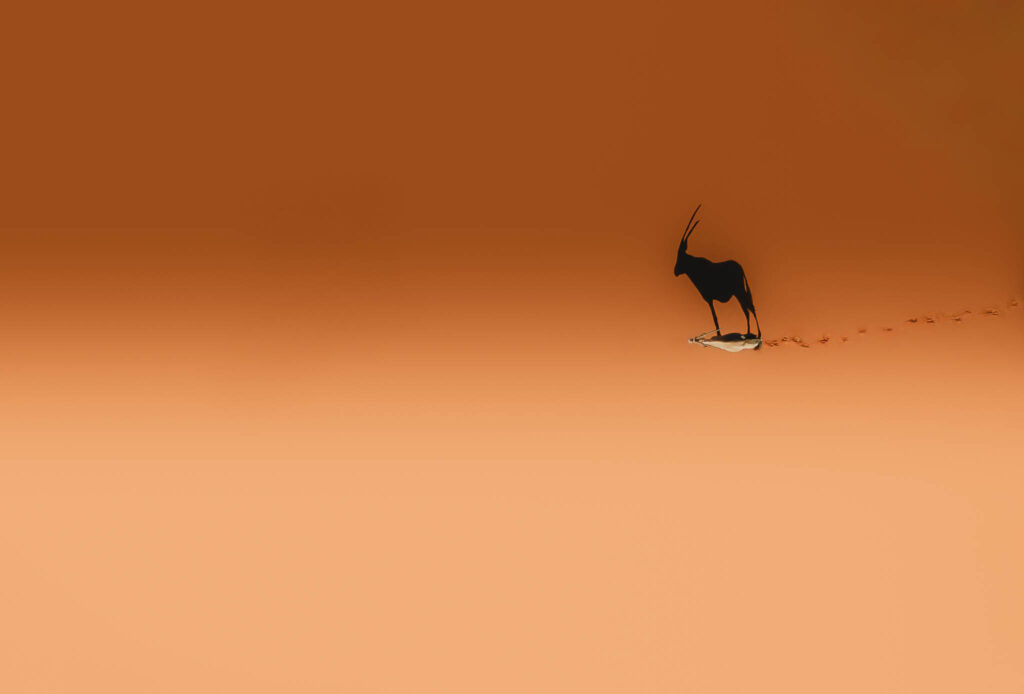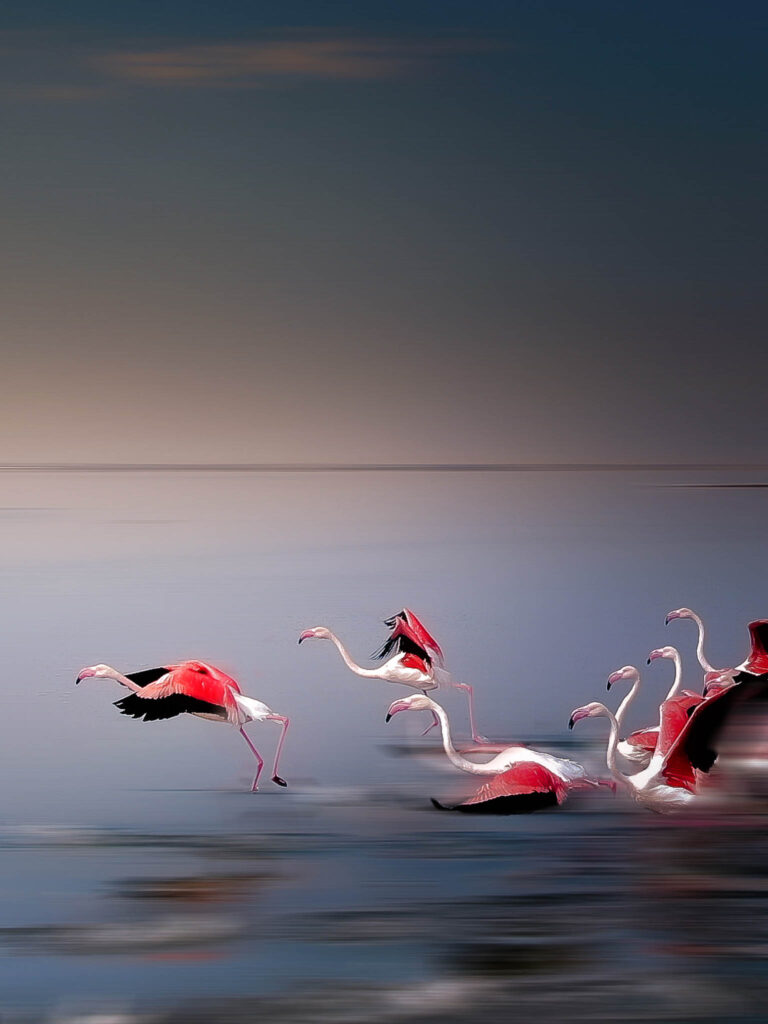Namibia, a country of vast desert landscapes, thriving wildlife, and unique cultural experiences, is a top destination for those seeking an unforgettable safari adventure. But knowing when to visit can make all the difference in what you’ll experience. Whether you’re aiming for the best weather, affordable prices, or prime wildlife viewing, planning your timing can elevate your safari in extraordinary ways. Here, we’ll explore the best times of year to visit Namibia, from a month-by-month breakdown to seasonal wildlife highlights and cost-saving insights.
Best Time to Visit Namibia: What You Need to Know About Its Climate and Seasons
Namibia’s climate is influenced by its two main seasons: the dry season and the wet season. These seasons don’t just dictate the weather; they impact wildlife behavior, vegetation, travel costs, and even the overall safari experience. The best time to visit for a safari is during the dry season from May to September, when lower rainfall and better visibility make it easier to spot animals, while the rainy season offers the unique opportunity to witness new wildlife births. Here’s what to expect.
Namibia’s Dry Season (May to October)

During the dry season, Namibia’s landscapes undergo a dramatic transformation. The lack of rainfall means vegetation is sparse, which makes it easier to spot wildlife gathering around water sources. This is Namibia’s peak season for safari travel, drawing many visitors to parks like Etosha and the Namib-Naukluft.
Weather: Dry days, low humidity, cooler temperatures (especially at night), and clear, blue skies create a comfortable environment for safari-goers.
Wildlife Viewing: Animals congregate around the limited waterholes, making it easy to spot elephants, rhinos, lions, and other iconic African species.
Crowds: Expect more travelers, especially in popular areas like Etosha National Park.
Namibia’s Rainy Season (November to April)
The wet season brings lush green landscapes, flowing rivers, and a renewed vibrancy to Namibia’s scenery. This season is ideal for photographers, bird enthusiasts, and those looking for a quieter experience.
Weather: Rain showers and afternoon thunderstorms are common, though they are usually brief. The landscape becomes lush and green, and temperatures rise.
Wildlife Viewing: Although animals are more dispersed, this is a beautiful time to witness Namibia’s bird migration and the arrival of newborn wildlife.
Crowds: Fewer visitors mean a more peaceful safari experience, and rates for accommodation and tours often drop during this period.
Best Times for Wildlife Viewing in Namibia

Namibia offers excellent wildlife viewing year-round, but the time to visit Namibia can significantly affect your experience as it varies with the seasons. For the best chance to see a wide array of wildlife, consider these timing tips.
High Safari Season (Dry Season: May to October)
The dry season is the most popular time for safaris because wildlife tends to cluster around the few water sources, making it easier to spot them. Additionally, while daytime temperatures remain mild and pleasant, travelers should be prepared for cold nights, especially during Namibia’s winter months. This is the best time to see elephants, lions, leopards, rhinos, and more, particularly in Etosha National Park.
Prime Months: August and September are the peak months for wildlife sightings, as animals are highly active near waterholes.
Advantages: Clear skies, minimal rainfall, and sparse vegetation create ideal conditions for wildlife observation.
Green Season (Wet Season: November to April)
During the green season, Namibia’s scenery comes alive. The vegetation thickens, and the birthing season, primarily in January and February, brings many species giving birth, providing the chance to witness young animals in their natural habitat. Birdlife is also abundant, as migratory species flock to the country.
Highlights for Birdwatchers: November through February is ideal for spotting migratory birds, making this a perfect time for birdwatching enthusiasts.
Newborn Animals: Calving season brings new life to the savanna, and you may spot baby animals like antelope and zebra.
Best Months for Specific Wildlife
If you have a particular interest in spotting certain animals or witnessing natural events, consider these timing tips:
Zebra Migration: The zebra migration between the Namib Desert and Botswana typically occurs around April and May.
Elephants and Rhinos: Dry season (June–October) is ideal for spotting large mammals as they gather near waterholes in places like Etosha.
Migrant Birds: The arrival of migrant birds in Namibia is best observed during the rainy season, particularly from November to February. This period offers a unique birdwatching experience as a variety of bird species congregate, enhancing the overall wildlife experience in the country.
Cost Factors: The Cheapest and Most Expensive Times to Visit
When planning your safari, it’s also wise to consider how your travel dates will impact your budget. Namibia’s travel costs fluctuate significantly depending on the season, with mid-summer bringing hot and humid conditions that can affect accommodation, flights, and safari tours.
Peak Season Costs (June to October)
The dry season is peak safari season, which means prices for accommodations, guided tours, and even flights are at their highest. In desert areas, such as Namibia, the dry season not only offers dramatic temperature drops and pleasant daytime weather but also makes it an ideal time for safaris, driving up travel costs. Popular lodges, especially in places like Etosha, can fill up quickly, so advance booking is essential if you plan to visit during these months.
High Demand: With ideal conditions for wildlife viewing, expect to pay premium prices for the most sought-after spots.
Planning Tips: Book accommodations and safari tours well in advance to secure your preferred choices.
Low Season Advantages (January to April)
The wet season is the low season for Namibian safaris, making it ideal for budget-conscious travelers. Many lodges offer significant discounts, and you’re likely to find last-minute deals that offer excellent value compared to the dry weather season.
Benefits of Traveling Off-Peak: Lower accommodation and safari costs, smaller crowds, and a more relaxed atmosphere.
Ideal for Extended Stays: Reduced costs allow you to spend more time exploring Namibia’s diverse landscapes without breaking the bank.
Mid-Season Considerations (May and November)
These transitional months offer a balance between the high and low seasons, providing moderate pricing and decent safari conditions. Wildlife sightings are still good, and the crowds are generally manageable.
Perfect for Bargain Hunters: May and November offer some of the best value for money, especially for travelers looking to enjoy a safari without peak-season prices.
Monthly Breakdown for Planning a Safari in Namibia
To help you make an informed decision, here’s a month-by-month breakdown of what to expect for each part of the year.
January to March
Conditions: During the summer months from January to March, expect a rainy season with hot, humid days and occasional downpours.
Wildlife Viewing: Animals are more dispersed, but birdwatching is fantastic.
Ideal For: Budget-friendly travel, lush landscapes, and photographers seeking vivid greenery.
April to June
Conditions: Rain starts to ease; landscapes remain green, but the weather cools with mild daytime temperatures from April to June.
Wildlife Viewing: Game viewing improves as animals begin gathering around receding water sources.
Ideal For: Zebra migration sightings, moderate temperatures, and mid-range prices.
July to September
Conditions: Cooler, dry months with clear skies and very cold nights from July to September.
Wildlife Viewing: Peak season for wildlife, as animals are easy to spot near waterholes.
Ideal For: First-time safari-goers and those wanting guaranteed wildlife sightings.
October to December
Conditions: Warming temperatures and the arrival of brief rain showers in November make it an interesting time to visit Namibia.
Wildlife Viewing: Early months are great for game viewing, and by December, birdlife increases.
Ideal For: Travelers interested in witnessing newborns and migratory birds.
Essential Travel Tips for a Safari in Namibia
A safari requires some practical preparation, from packing smart to staying safe. Here’s what to keep in mind.
Packing List by Season
Dry Season: Pack lightweight clothing, a jacket for cool nights, and sturdy walking shoes.
Wet Season: Bring a raincoat, light layers, and insect repellent to handle the humidity and potential rain showers.
Health & Safety Considerations
Namibia is generally safe, but always stay aware of local wildlife and climate-related health risks. Bring sunscreen, stay hydrated, and consider malaria precautions in wetter regions.
Navigating Namibia’s Parks
You can choose between self-drive safaris or guided tours. Self-driving gives you flexibility, but a guide can provide invaluable local knowledge and increase your chances of spotting wildlife.
Additional Considerations
Best Times for Special Events
Namibia hosts a few cultural and natural events, such as festivals and migrations. Plan to visit during these times if you’d like to experience more than just a safari.
Photographers’ Paradise

If photography is a priority, consider visiting during the green season (November to April) when Namibia’s landscapes are most vibrant.
Eco-Friendly Safari Tips
Namibia is a leader in eco-tourism. Help preserve its beauty by minimizing waste, respecting wildlife, and choosing eco-conscious accommodations.
Conclusion
The best time for a safari in Namibia depends on what you hope to experience. Whether you’re drawn to the high wildlife activity of the dry season or the lush scenery and peaceful ambiance of the wet season, Namibia offers incredible safari adventures year-round.
Ready to book your unforgettable journey? Explore our Namibia safari packages and start planning the trip of a lifetime!

